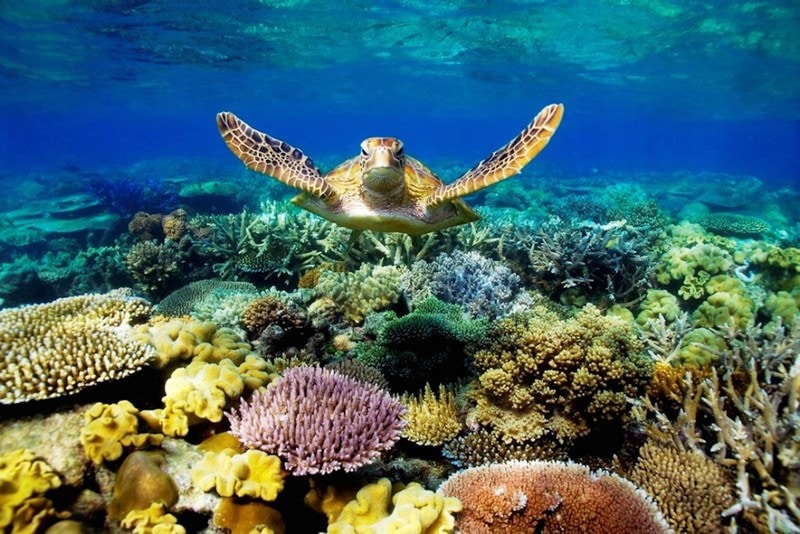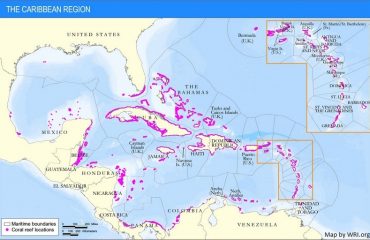Diving at the Great Barrier Reef
The Great Barrier Reef is one of the most treasured natural wonders of the world. In fact, if someone tells you that they went to dive in Australia, they in short mean diving in the Great Barrier Reef of Queensland. It is reputed as the healthiest and largest coral reef in the world. The Great Barrier Reef is the only earth’s living structure which you can see from outer space. It consists of about 2900 individual reef, 300 coral cays and 600 continental islands. It is the largest single structure in the world comprising of living organisms.
The Great Barrier Reef is highly revered by many divers due to its unique biodiversity as well the local aboriginal people who usually hold the reef as a sacred place in their spiritual life. This is truly a magical place that any enthusiastic diver should make a point of visiting at least once in their lifetime. One of the hottest diving sites in the Great Barrier Reef is the Cairns and Port Douglas which serve as the gateway for accessing all the treasures offered by the Outer Great Barrier Reef. Here, you can expect to find excellent wall dives, overhands, night diving and swim through. There is abundance of marine life together with lots of hard corals like plate, staghorn, boulder coral heads, table and lots of soft coral species.
The Osprey Reef is a remote Coral Sea atoll comprising of a number of individual sites. North Horn has become incredibly famous for its extensive shark feed. Common diners found here are grey whalers, whitetips, occasional hammerhead and silvertips even though you will still be able to see the bigeye trevally, bumphead parrotfish and the potato cod. The ribbon reefs are made up of a series of different coral buttresses, pinnacles and walls that run from north and south. You will be amzed to find many fish species here in the ribbon reefs like the yellow goatfish, anthias, lionfish, sharks and stone fish.
Other great diving spots in the barrier reef comprise of the detached reefs, SS Yongola, The Whitsundays, Heron Island, the HMAS Brisbane and the Flinders Reef among others. Depth varies greatly on the Great Barrier Reef ranging from the deep pinnacles and walls of Coral Sea to the shallow reefs and others. The clarity of water in Great Barrier Reef is affected by a wide range of factors like the current, surge and tides.
The currents in the Great Barrier Reef also vary a lot from nothing to the absolutely ripping currents even though this majorly depends on your location. The entire Great Barrier Reef system is about 1,400 miles so you can be sure that diving along the reef is different in so many ways. The temperature of water in the Great Barrier Reef is about 86o F during summer and about 75o F during winter. Anytime is a good diving time in the Great Barrier Reef and there is so much to experience and enjoy regardless of when you decide to go for a swimming expedition. Savingcorals.com has sponsored projects aimed at restoring coral reefs in the Great Barrier Reef. Send your donations, buy our propagated corals or Saving Corals Swag to support restoration of coral reefs.We donate 10% of all our profits to saving the reef and help preserve the highly endangered corals for our future generation.
What you can read next
1 Comment to “ Diving at the Great Barrier Reef”
You must be logged in to post a comment.



great blog